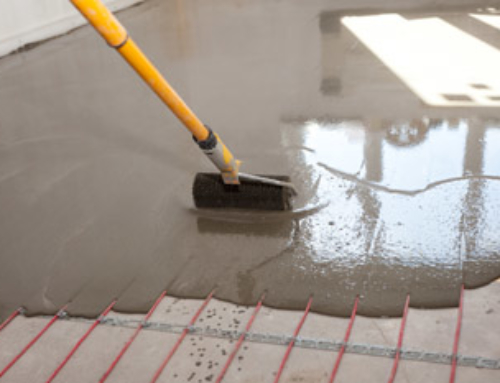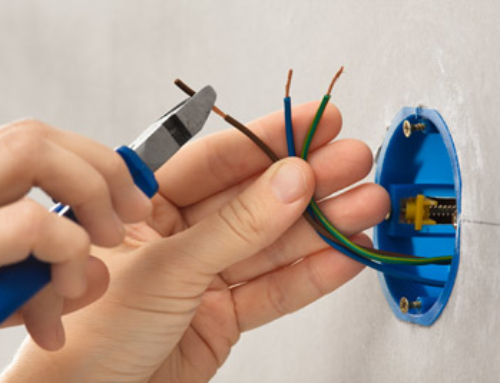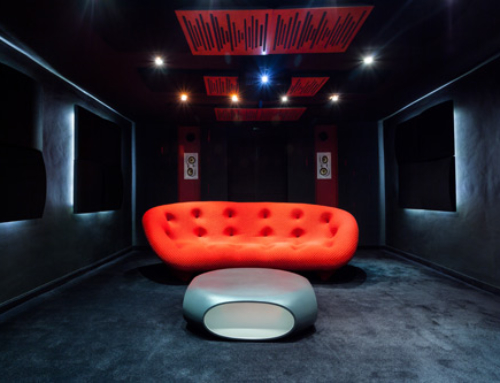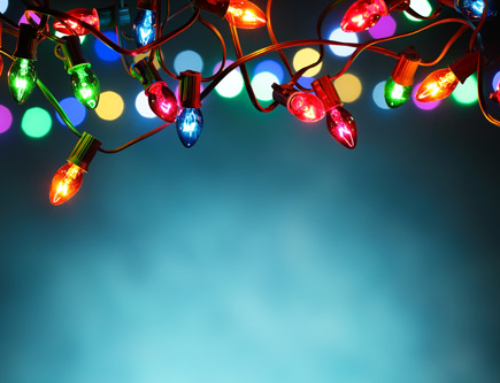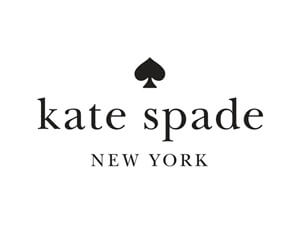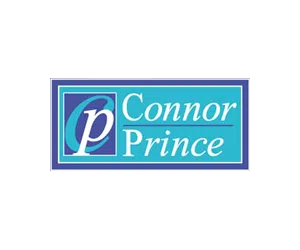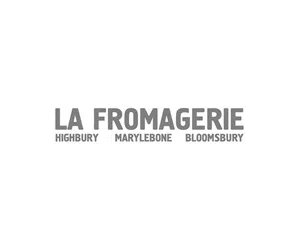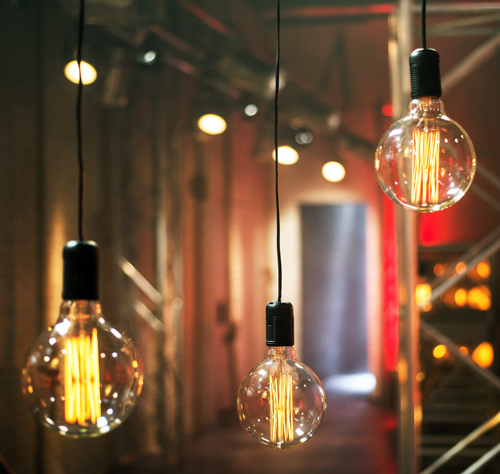
Office lighting installation in London
If you want your staff to be productive and healthy – and naturally, every employer does – then you need to provide a safe environment that’s comfortable and pleasing. Your staff probably spend a huge amount of time in the office, in all seasons. Some may arrive before dawn breaks in winter, or leave in the dark at the end of the day.
Lighting the office appropriately is a key consideration for employers, and thankfully, the days of yellowing strip lights are behind us. When your staff have spent an hour commuting, they want to arrive at a well-lit office to commence the day.
If your office needs a better lighting solution, here are some points to remember.
Bulb Types
Many offices are traditionally fitted with fluorescent strip lights, but these can be prone to issues. You can replace your strip lights with modern LED equivalents. These bulbs look exactly like the originals but are more energy efficient. In London offices, we find that LED strip lights and suspended lights offer a good balance of longevity, energy saving credentials and cost.
You should always avoid using halogen bulbs in an office setting. They use a lot of power, and can run hot if left on for long periods. Again, if you have halogen spotlights, you can obtain LED replacements that cast exactly the same type of light with a much lower energy usage.
Old-fashioned energy saving bulbs are certainly an acceptable alternative, but they can take time to ‘warm up’, and some people find the quality of light unappealing.
Cool Whites Work
In the home, you’ll usually need warm white LED bulbs. In a London office, cool white or cool daylight is a more sensible choice. The yellowish hue of warm white LEDs can be uncomfortable for some tasks, but cool LEDs are slightly bluer than a bright white halogen and are better for office use.
Cool white or daylight bulbs will illuminate very brightly, so they are ideal for casting a very bright and even light over a work area. Cool white gives a more modern appearance to an office, although if you work in a cafe or retail space, you may find cool lights are a little too harsh. Cool daylight is the bluest hue, and is ideal for spaces like art galleries or libraries.
Upgrading Your Lights
Try to change all of the lights in a room at the same time so that there’s no variation in colour from bulb to bulb. For the same reason, stick with the same brand.
Choose a reputable and recognised manufacturer, and avoid picking up cheap bulbs from the Internet. These may fail prematurely, and some may be unsafe. We have seen some bayonet and screw bulbs actually split apart in transit, and if anyone was to touch the insides of these bulbs, the shock could be lethal.
As always, we recommend choosing a local London electrician for any large-scale project. Not only will you benefit from their expertise, but you’ll save money by taking advantage of their trade and bulk discounts.

